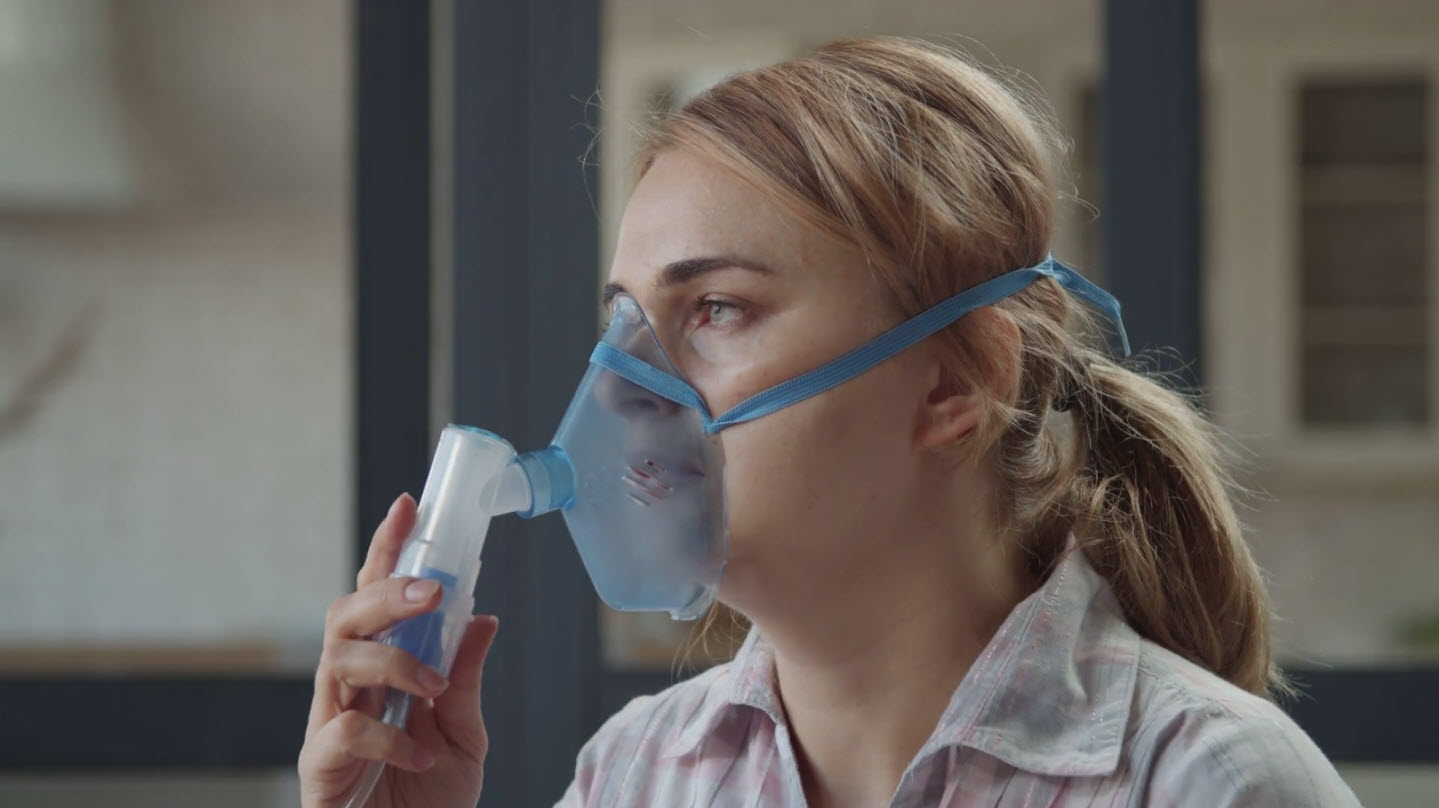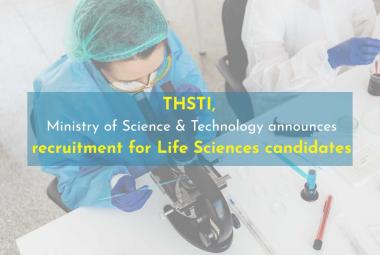
Novartis announced that full results from the Phase III IRIDIUM study were published in The Lancet Respiratory Medicine. The primary endpoint results show that once-daily treatment with high- and medium-dose Enerzair® Breezhaler® (QVM149; indacaterol acetate, glycopyrronium bromide and mometasone furoate [IND/GLY/MF]) demonstrated statistically significant improvements in lung function compared with once-daily QMF149 (indacaterol acetate and mometasone furoate [IND/MF]). The key secondary endpoint was improvement in Asthma Control Questionnaire (ACQ-7) score for IND/GLY/MF versus IND/MF. Although both treatments delivered clinically meaningful improvements in this measure, the key secondary endpoint was not met. In secondary analyses, improvements in lung function and clinically meaningful reductions in moderate-to-severe and severe asthma exacerbation rates were observed with high-dose IND/GLY/MF compared to high-dose salmeterol xinafoate/fluticasone propionate (Sal/Flu).
“The IRIDIUM data show that once-daily treatment with a combination of IND/GLY/MF has the potential to improve lung function and reduce exacerbations in people who continue to experience symptoms despite receiving a LABA/ICS, which is the standard-of-care,” said Professor Huib Kerstjens, Head, Department of Pulmonology at the University Medical Center Groningen. “These data are encouraging because achieving optimal symptom control in asthma remains challenging; at least 45% of patients at GINA steps 4 and 5 remain uncontrolled, which can lead to reduced quality of life, decreased work productivity, and increased emergency or hospital-based medical care.”
The primary endpoint was met, with both high- and medium-doses of IND/GLY/MF demonstrating statistically significant improvement in trough FEV1 ([0.065 L; p<0.001] and [0.076 L; p<0.001], respectively) compared to the corresponding doses of IND/MF at Week 261.
The key secondary endpoint was improvement in ACQ-7 score for IND/GLY/MF versus IND/MF. Both treatments delivered clinically meaningful improvements in this measure of symptoms from baseline at Week 26, but the key secondary endpoint was not met.
“At Novartis, we are working to reimagine respiratory treatment by bringing innovative medicines and digital solutions to patients,” said Dominic Brittain, Respiratory Global Program Head, Novartis Pharmaceuticals. “There have been relatively few developments in inhaled asthma treatment options over the last decade, so it’s exciting to see IND/GLY/MF show its potential as a once-daily, fixed-dose combination for the treatment of uncontrolled asthma in this pivotal study.
In secondary analyses, improvements in lung function (FEV1) were observed for both doses of IND/GLY/MF versus high-dose Sal/Flu at Week 26 (high-dose [0.119 L; p<0.001]; medium-dose [0.099 L; p<0.001]). Similar FEV1 improvements were seen across all comparisons at Week 52, indicating the potential long-term benefits of this maintenance medicine. Improvements in post-dose FEV1 were seen with both doses of IND/GLY/MF as early as five minutes after initial drug administration, versus respective doses of IND/MF and high-dose Sal/Flu (p<0.001), indicating rapid onset of action
In further secondary analyses, substantial reductions in moderate-to-severe (36%; p<0.001) and severe (42%; p<0.001) asthma exacerbation rates were observed for high-dose IND/GLY/MF compared to high-dose Sal/Flu. Reductions in moderate-to-severe (19%; p=0.041) and severe (16%; p=0.117) asthma exacerbation rates were also seen with medium-dose IND/GLY/MF compared with high-dose Sal/Flu.
The IRIDIUM study assessed IND/GLY/MF, a once-daily, fixed-dose combination of a long-acting beta2-agonist (LABA), a long-acting muscarinic antagonist (LAMA) and an inhaled corticosteroid (ICS) in high (150/50/160 µg) and medium (150/50/80 µg) doses versus IND/MF (LABA/ICS) in corresponding high (150/320 µg) and medium (150/160 µg) doses, in asthma patients not adequately controlled on current inhaled therapies, over 52 weeks of active treatment.
The overall incidence of adverse events (AEs) and serious adverse events (SAEs) for IND/GLY/MF and IND/MF in the IRIDIUM study were generally low and comparable among treatment groups. Asthma exacerbation was the most commonly reported AE and SAE1.
To date, medium- and high-doses of IND/GLY/MF have been approved in Japan, and high-dose IND/GLY/MF has been approved in the EU and Canada; these submissions were supported by the IRIDIUM study. Additionally, IND/MF has received regulatory approval in the EU and Canada; these submissions were supported by the PALLADIUM study (also published in The Lancet Respiratory Medicine). Further regulatory reviews for both products are currently underway in multiple countries.
In keeping with the Novartis commitment to reduce the environmental impact of our asthma combinations, IND/GLY/MF and IND/MF will both be available in the Breezhaler® device which is hydrofluoroalkane/chlorofluorocarbon (HFA/CFC)-free.







